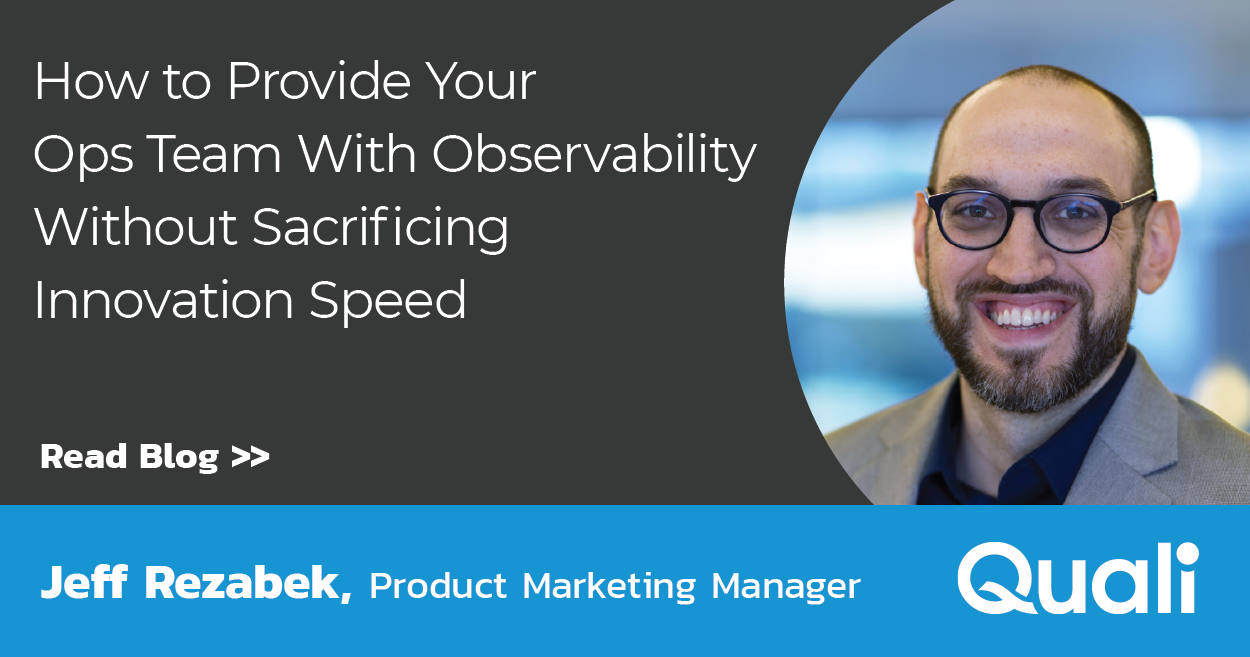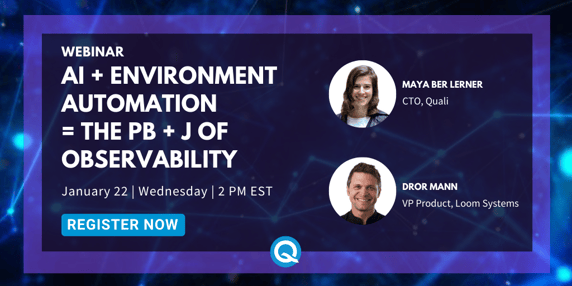Monitoring is a core Ops/SRE responsibility. However, application environments that support business growth are rapidly adapting to meet end-user needs. With digital transformation and the DevOps initiative to accelerate the release cadence, monitoring the continuous output of code and infrastructure changes throughout the value stream grows more challenging.
This post reveals the two tools that Ops Engineers and Site Reliability Engineers (SREs) need to connect observability with DevOps to increase speed without losing control.
Two Tools Needed for Monitoring your Digital Transformation
AIOps
With DevOps and digital transformation comes the ability to rapidly introduce innovations into applications that can improve customer experience, drive value, and improve revenue. However, the rapid deployment of data (logs, metrics, events, etc.) across different layers and environments makes it challenging to monitor, analyze, and govern.
For companies undergoing a digital transformation, leveraging AIOps with tools like Loom Systems can help organizations predict, prevent, and resolve IT incidents proactively. From monitoring to automation to service management, you can use AIOps to enhance IT operations to make sense of large volumes of data that changes rapidly.
Environment as a Service
Your business relies on maximizing customer experience by optimizing the applications in the production environment. Because an application goes through hundreds of data and infrastructure changes throughout the value stream on its way to production, it’s essential to automate, observe, and manage the evolution of the application and infrastructure environment holistically, from development through production, to understand how the changes will impact the customer experience.
Using an Environment as a Service solution like CloudShell Colony can help group data, infrastructure, and application into a single environment and automate the set-up, tear-down, and deployment from development throughout production.
With Environment as a Service, users define applications together with their infrastructure and data requirements and make them accessible and mobile, so they can be consumed seamlessly by any process– eliminating the application environment bottleneck and enable faster innovation at scale.
Want to learn more?
Join this fireside chat and demo as Maya Ber Lerner, CTO at Quali, and Dror Mann, VP Product at Loom Systems reveal strategies for:
- Connecting monitoring data to continuous delivery through Environment as a Service
- Using AI to intelligently interpret data
- Achieving stronger product reliability and accountability without slowing down innovation






